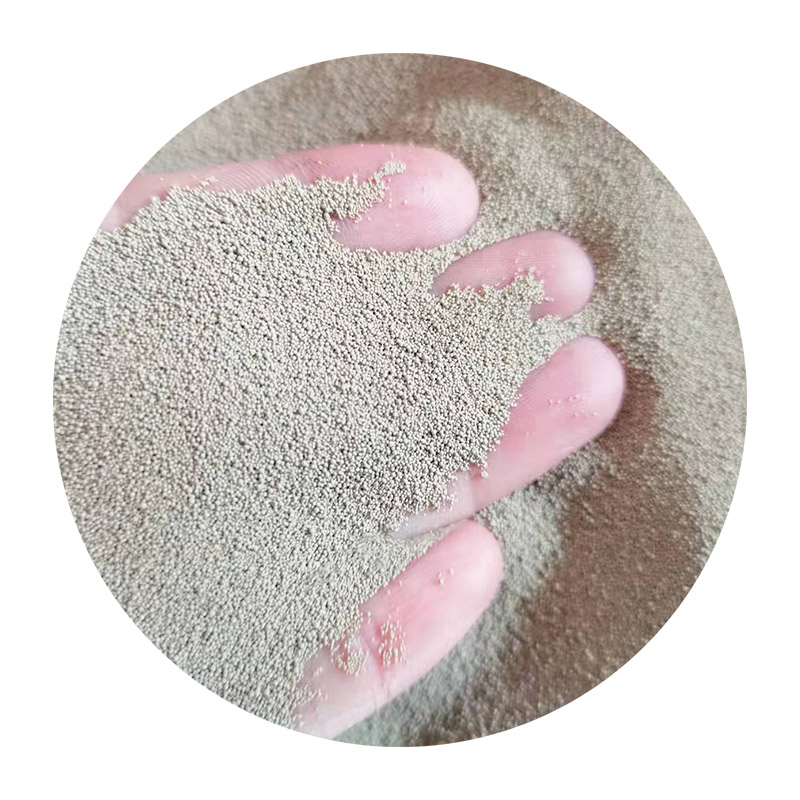

Trustworthiness in sand casting processes is built through rigorous quality control measures. Industry standards and certifications, such as ISO and ASTM, play a critical role in maintaining high-quality outputs. Modern foundries implement strict inspections, including non-destructive testing techniques like X-ray and ultrasonic testing, to ensure the structural integrity of each casting. These practices not only adhere to industrial compliance but also build trust with clients, affirming the reliability of the cast iron parts produced. In the competitive realm of manufacturing, products produced by sand casting method stand out due to their superior mechanical properties and cost-effectiveness. Innovations are continuously being integrated, such as the use of computer-aided design (CAD) and computer-aided manufacturing (CAM) systems, to refine mold designs and improve overall production efficiency. These advancements are critical in maintaining the relevance of sand casting methods in modern manufacturing environments. In conclusion, the process of sand casting cast iron has proven its worth through centuries of use, evolving into a sophisticated method capable of meeting contemporary industrial demands. From improved materials to advanced quality control techniques, every aspect of the process is focused on enhancing product quality, environmental sustainability, and cost efficiency. As industries continue to demand high-quality, reliable cast iron parts, sand casting remains a cornerstone in meeting these needs, backed by an enduring legacy of expertise, authority, and trust. Post time:مارچ . 06, 2025 12:50
Next:sand casting alloys
